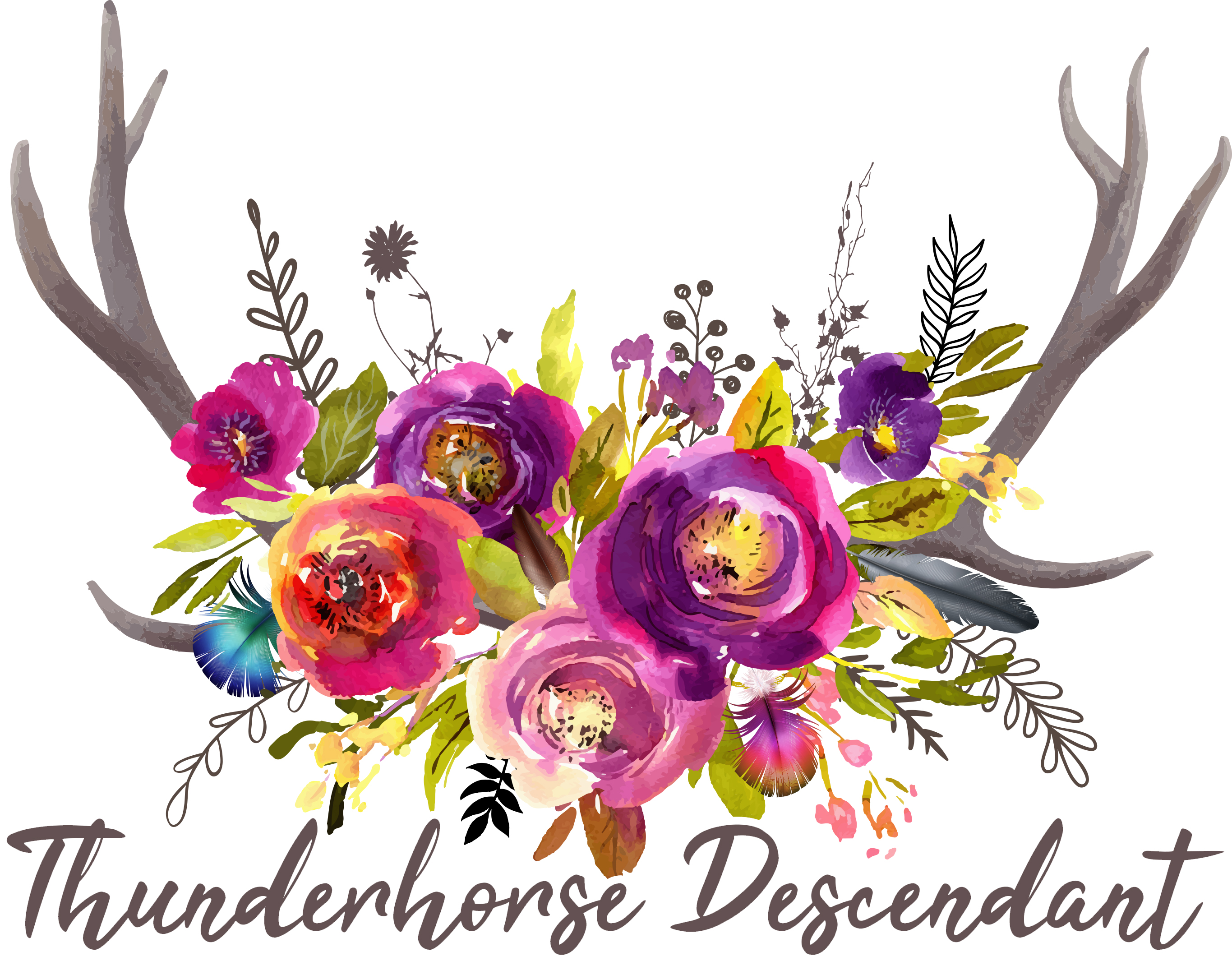Posted by Randee Brown on 3rd Apr 2024
Victorian Mourning Jewelry: A Symbol of Sentimentality and Style
Introduction: The Victorian era, spanning from 1837 to 1901, was a period characterized by significant social, cultural, and economic changes. Among its many facets, Victorian fashion and mourning practices reflected the era's complex attitudes towards death, sentimentality, and societal norms. This essay explores the emergence of hairwork in Victorian mourning jewelry within the broader context of Victorian society and fashion.
Victorian Era: A Cultural and Historical Overview The Victorian era, named after Queen Victoria of England, marked a time of industrialization, urbanization, and colonial expansion. It was a period of contrasts, with rapid technological advancements juxtaposed with strict social hierarchies and moral codes. Victorian society was deeply influenced by notions of respectability, duty, and propriety, which extended to customs surrounding death and mourning.
Fashion and Jewelry in the Victorian Era Victorian fashion was characterized by its elaborate and often restrictive clothing styles, which varied depending on social class, gender, and occasion. Women's fashion, in particular, was defined by voluminous skirts, corsets, and ornate accessories. Jewelry played a crucial role in Victorian fashion, serving as status symbols, sentimental keepsakes, and expressions of personal style.
Mourning Jewelry: A Reflection of Victorian Mourning Customs During the Victorian era, mourning rituals were highly formalized and governed by strict etiquette. The wearing of mourning attire, including black clothing and somber accessories, was expected of individuals in mourning. Mourning jewelry, in particular, served as a tangible expression of grief and remembrance, with hairwork emerging as a popular trend in mourning jewelry design.
Hairwork: The Intricate Art of Commemoration Hairwork, or the incorporation of human hair into jewelry, became increasingly prevalent during the Victorian era. This delicate craft involved weaving strands of hair into intricate designs, which were then fashioned into bracelets, brooches, lockets, and other accessories. Hairwork jewelry was often created using hair sourced from deceased loved ones, serving as tangible mementos and expressions of enduring love and devotion.
Symbolism and Significance of Hairwork Hairwork jewelry held profound symbolism in Victorian culture, representing remembrance, mourning, and the eternal bond between the living and the departed. Each piece of hairwork jewelry was imbued with personal significance, serving as a cherished keepsake and a tangible connection to the deceased. The craftsmanship involved in hairwork reflected the care and devotion with which individuals honored the memory of their loved ones.
Conclusion: In conclusion, Victorian mourning jewelry, particularly hairwork, offers valuable insights into the cultural, social, and aesthetic values of the Victorian era. As expressions of grief and sentimentality, hairwork jewelry served as poignant reminders of the enduring bond between the living and the departed. Through its intricate craftsmanship and symbolic significance, hairwork continues to captivate and inspire, preserving the memory of loved ones in timeless works of art.

